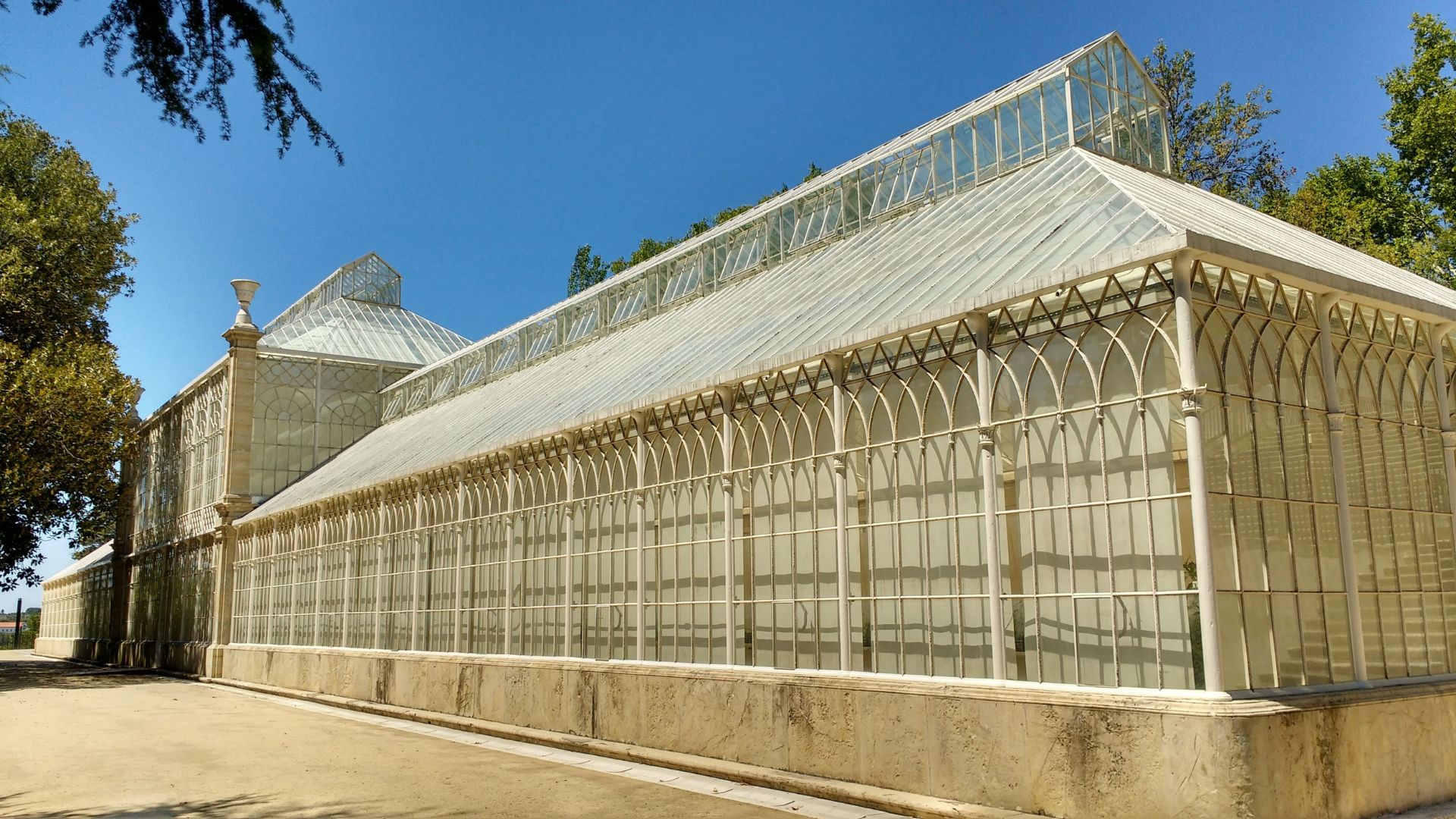Every year, as winter finally lets go, I feel a pull back to Coimbra’s winding streets and sunlit gardens. Flowers pop up everywhere, and there’s this buzz in the air as students dive into old traditions.
Spring is honestly the best time to visit Coimbra if you want blooming gardens, a lively vibe, and weather that makes exploring a breeze.
When I walk through the famous botanical garden, the variety of plants and the fresh blossoms lining the paths always catch me off guard. Local cafes get lively with students’ chatter, and the city feels energetic but never overwhelming.
There’s just something about wandering Coimbra in spring—everything feels new and open.
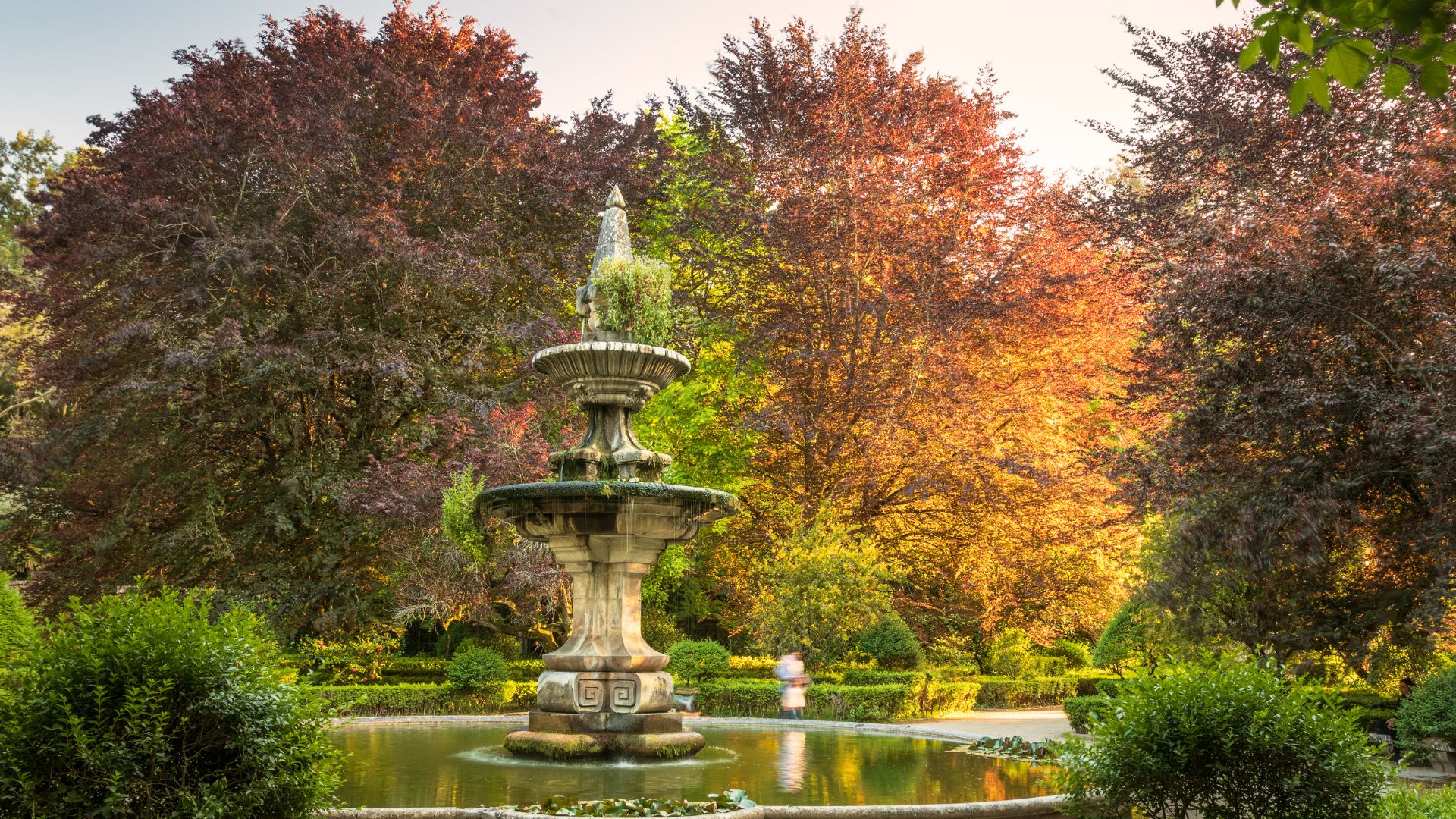
Why Spring Feels Magical in Coimbra
Whenever I visit Coimbra between March and May, I notice the city wakes up in a special way. Gardens come alive, students gather, and the weather makes every step outside feel good.
Blooming Gardens and Flower-Filled Parks
The Coimbra Botanical Garden really changes in spring. I wander its winding paths and see bursts of color from flowers and trees I rarely spot at other times.
Rhododendrons, camellias, tulips, and wisteria all bloom, so every corner feels like a little postcard.
Quinta das Lágrimas is a quiet favorite of mine. Its historic gardens overflow with greenery and seasonal blossoms, and the nearby Mondego Riverbanks show off cherry trees and wildflowers.
Parks everywhere fill the air with sweet scents, so even a short stroll feels special.
If you’re into photography or just want to enjoy nature, this is when Coimbra’s outdoors really shine. The air even seems cleaner, especially when sunlight sparkles on garden pools and fountains.
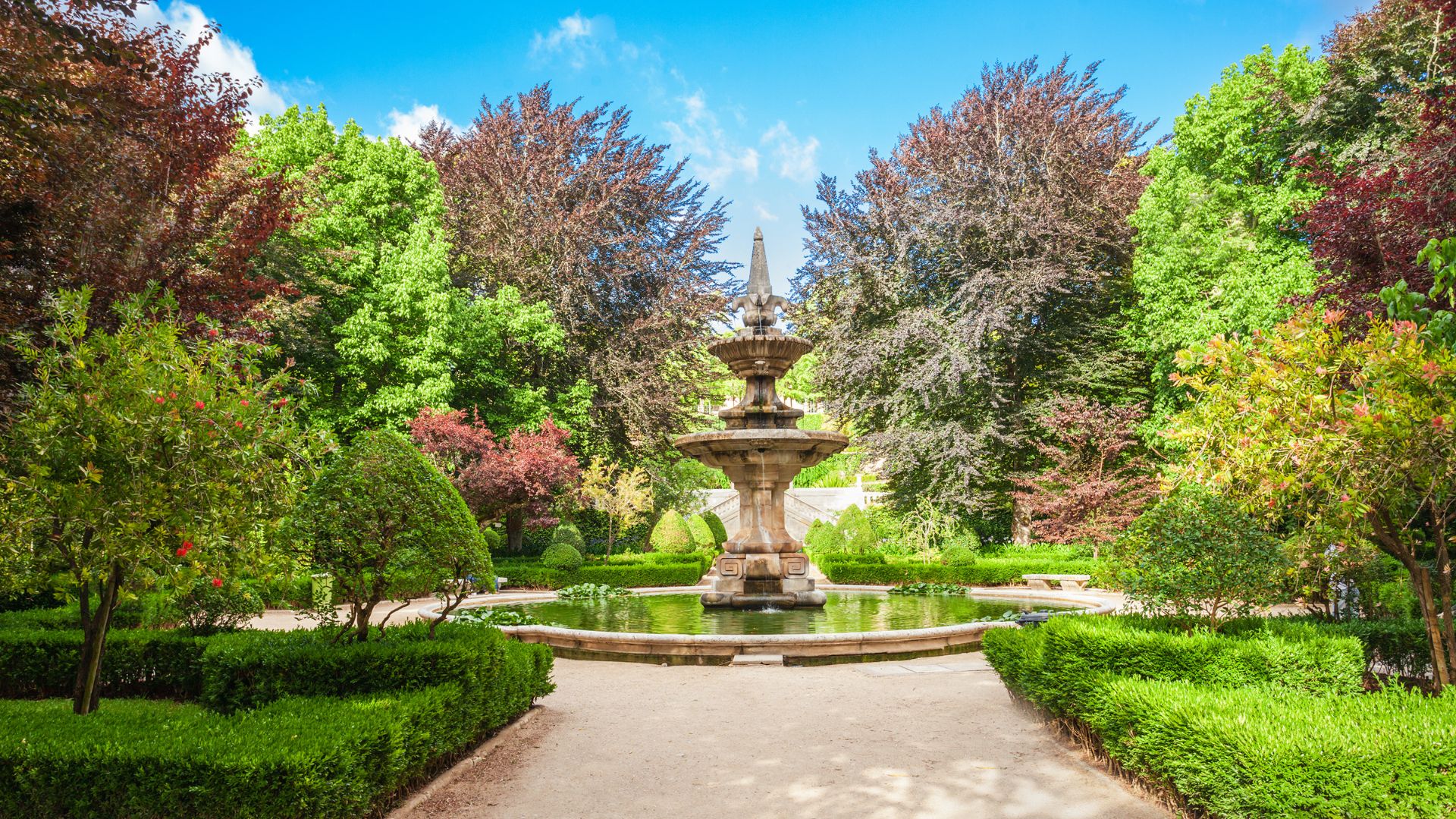
Spring’s Role in Coimbra’s Everyday Life
Student life runs through Coimbra’s veins, and spring brings it to the surface. The academic year is in full swing, and you’ll spot groups of students in black capes taking part in traditions all over town.
Their energy spills into cafés and cobbled streets.
Cultural festivals and university events pop up between March and May. I always feel like I’m part of something local and lively when I see these gatherings.
Locals take advantage of longer daylight, meeting friends outdoors or catching a show by the river.
Evenings are full of music and conversation, especially in spring. It’s easy to meet people because everyone wants to be outside, soaking up the mild weather and the city’s friendly spirit.
The Mediterranean Climate and Pleasant Temperatures
Coimbra’s Mediterranean climate makes spring super comfortable. Daytime temperatures usually sit between 15°C and 20°C (59°F to 68°F), which is just right for walking around.
Nights get cooler, so I just bring a light jacket.
Rain falls less than in winter but still keeps the gardens green. I usually carry a small umbrella for the odd shower, but most days are bright and sunny.
Humidity feels comfortable—not as sticky as winter, not as dry as summer.
This weather lets me spend more time outside, from riverside walks in the morning to lazy afternoons in a sunny plaza.
It’s this spring mix of sunshine, mild temperatures, and easygoing daily life that makes Coimbra so inviting for me.
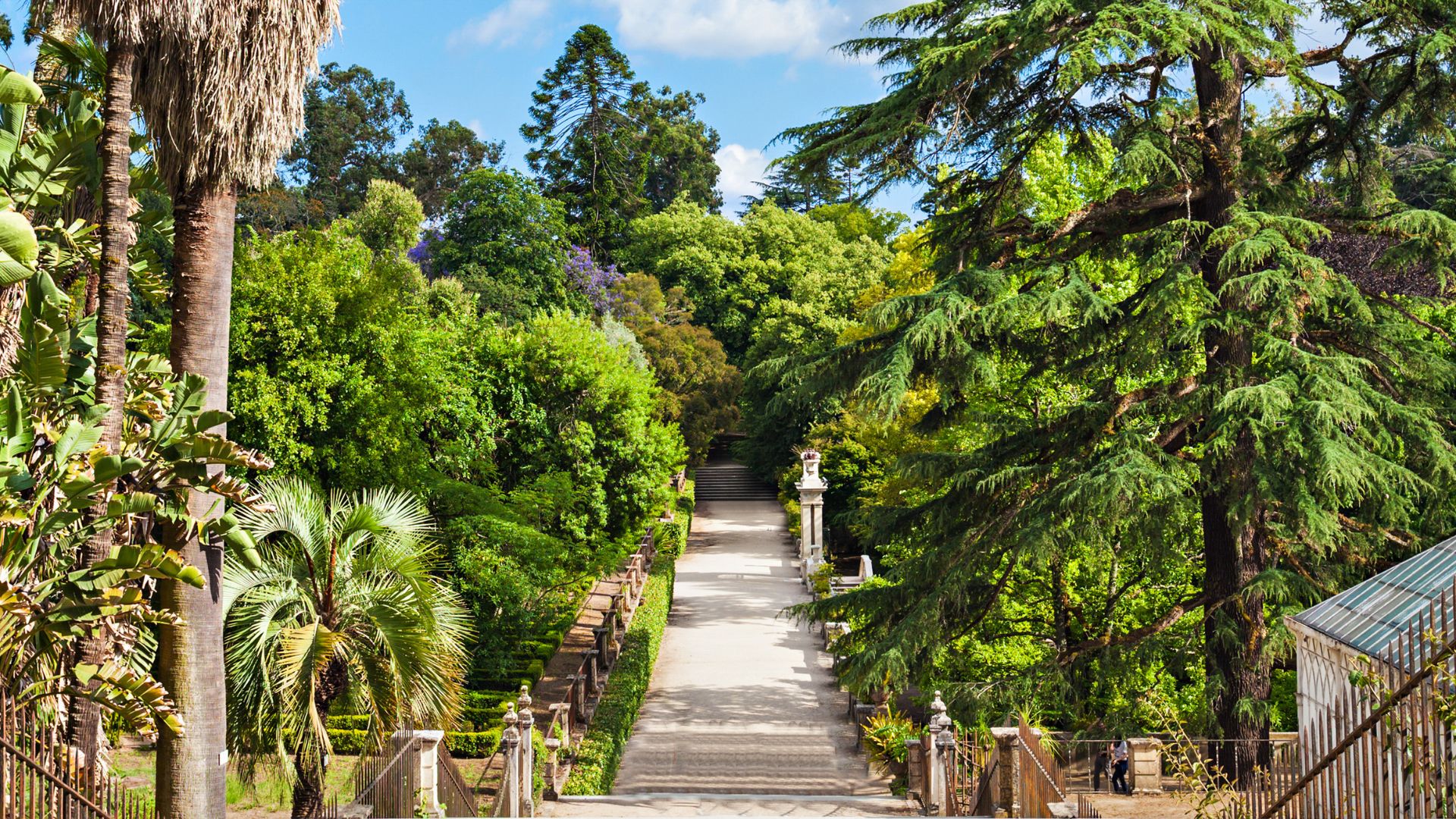
Student Festivities: The Spirit of Coimbra in Spring
Spring in Coimbra brings a rush of energy, thanks to its university roots and lively traditions. From student parades to soulful music drifting through old streets, the city’s culture blooms as much as its gardens.
Queima das Fitas: The Legendary University Festival
In May, I saw Coimbra transform for Queima das Fitas. This huge festival marks the end of the academic year, and it’s one of Portugal’s most famous student celebrations.
Streets fill with students in colorful ribbons, each color showing off their faculty at the University of Coimbra, a UNESCO World Heritage Site.
The main events stick with you. The Serenata Monumental—a stirring fado performance in the main square—starts the week and honestly gave me goosebumps.
After that, the city bursts into life with parades, concerts, and nighttime gatherings. Locals and visitors mix in the festive spirit, sharing laughs, tradition, and late-night street food.
| Event | Description |
|---|---|
| Serenata Monumental | Emotional fado serenade to begin |
| Academic Parade | Students parade in faculty colors |
| Concerts | National musicians perform live |
| Gala | Formal academic celebration |
Traditions at the University of Coimbra
I noticed the University of Coimbra’s traditions everywhere. Students wear their black capes and ribbons with pride.
These outfits aren’t just costumes—they’re symbols of identity, connecting each new class to the past.
Spring means you’ll spot students gathering for rituals like the blessing of folders and playful pranks. It might look mysterious if you’re new, but joining in or just watching makes you feel woven into the city’s story.
The sense of heritage here isn’t just for show—it’s real and alive.
I spent time on the historic campus, where centuries-old rituals mix with modern energy. The university, a UNESCO site, stands as proof of how deep these celebrations run in Coimbra’s heart.
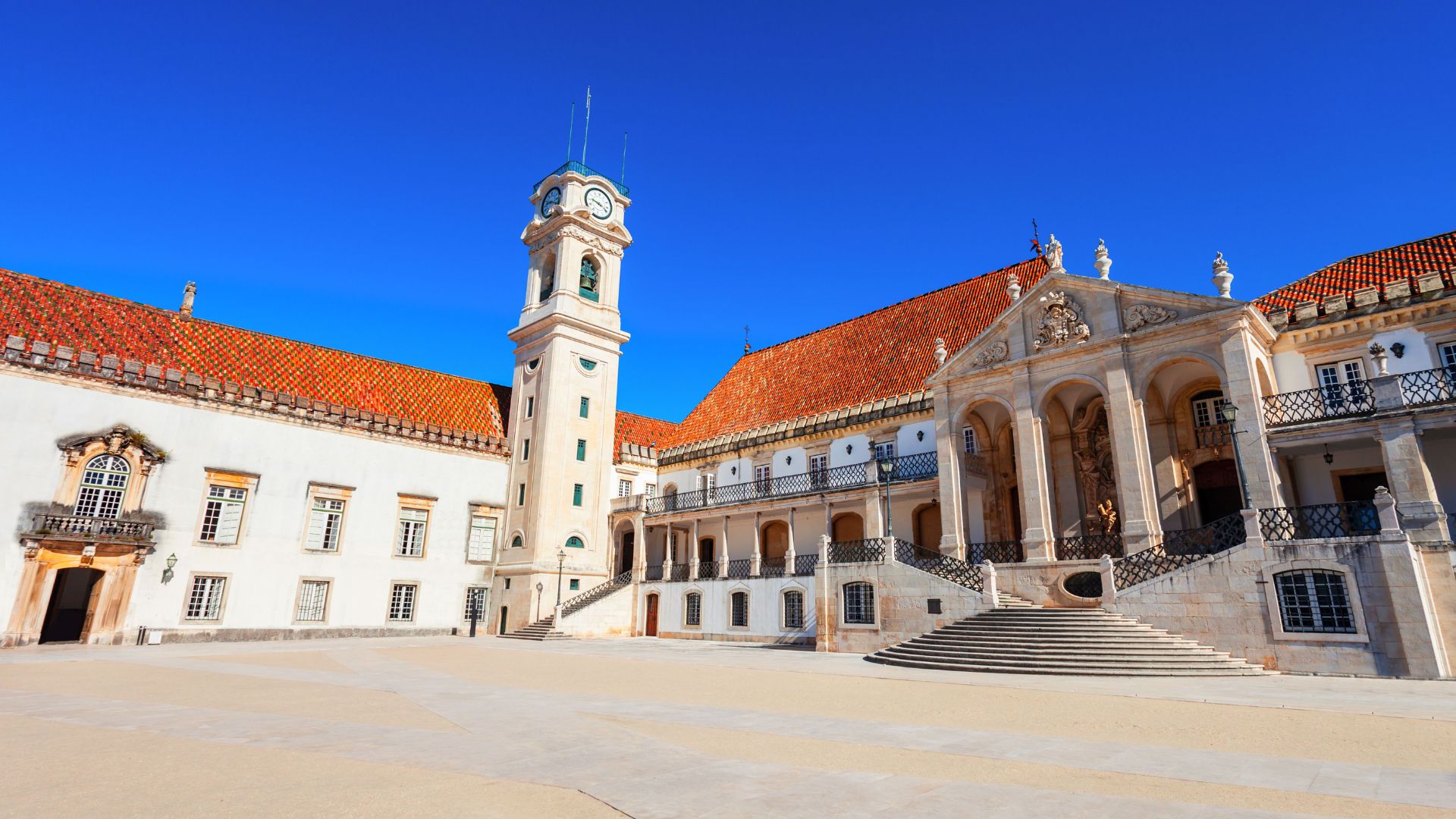
Local Culture: Fado de Coimbra and More
At night, music fills the air. Fado de Coimbra—a special style of Portuguese fado unique to this city—echoes from tucked-away cafés and courtyards.
Unlike fado from Lisbon, these songs are sung by students and alumni, usually in their academic robes.
Hearing Fado de Coimbra under spring stars was a highlight for me. The music feels poetic and a bit nostalgic, telling stories of student love and longing.
Performances often pop up during the festivities, blending right into evenings spent wandering the city.
Besides fado, spring celebrations spill into the streets with food stalls and mini-festivals. I stopped for local snacks and chatted with friendly vendors.
The city’s student-led culture means there’s always something going on—each moment gives you a stronger connection to Coimbra’s unique spirit.
Weather Guide: What to Expect Throughout the Year
Spring in Coimbra feels like the city just woke up—gardens explode with color, and the air is perfect for city walks. But the weather shifts as the months go by, and picking the wrong season can mean soggy shoes or blazing heat instead of sunny adventures.
Spring Climate: Average Rainfall, Temperatures, and Sunshine
March to May is my go-to window for visiting. Daytime temperatures usually hang between 15°C and 22°C (59°F to 72°F), so you can explore without sweating buckets.
Nights are cool but not freezing—a light jacket does the trick.
Rainy days still show up, especially in March and early April. Rainfall averages about 50-80 mm per month in spring, but showers rarely last all day.
I often get caught in a quick burst of rain, then sunshine returns. The air smells fresh, and humidity is moderate, so parks and gardens look lush.
The best part? There’s a ton of daylight—7-9 hours of sunshine daily, with longer days by late April.
Walking along the Mondego River or up to the University’s old campus feels even better when the city glows in golden evening light.
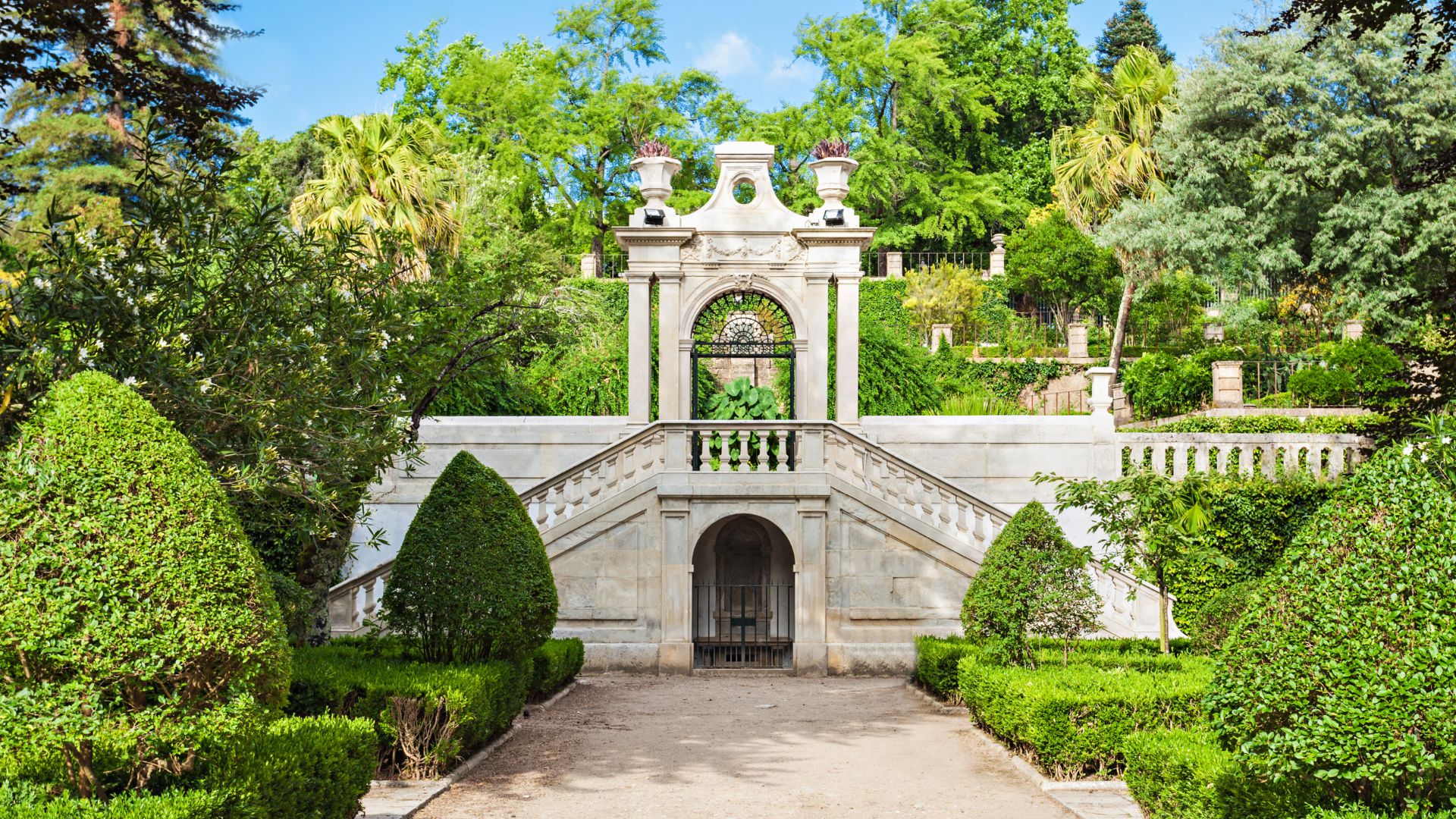
Comparison: Summer, Autumn, and Winter Seasons
Summer in Coimbra (June-August) turns up the heat. Daily highs hit 28°C (82°F) or more in July and August, and some afternoons just feel hot.
Rain barely shows up—10-20 mm per month—and humidity drops, which is nice if you prefer dry heat. The city gets much busier in peak tourist season, especially in August, so booking ahead helps.
Autumn brings a quieter city and softer weather. September stays warm with highs around 24°C (75°F), while October and November cool down to the mid-teens.
Rain picks up again, especially in October-November (up to 110 mm monthly), so I always pack a travel umbrella if I’m coming after harvest.
Winter (December-February) is calm and cooler. Average highs sit near 13°C (55°F), and nights often drop to 5°C (41°F).
Rains are more frequent—80-120 mm monthly—but December’s holiday lights and quiet, misty mornings have their own charm. Most tourists skip winter, so the city feels peaceful.
| Month | Avg High (°C) | Rainfall (mm) | Tourist Crowds |
|---|---|---|---|
| March | 17 | 80 | Low |
| May | 22 | 55 | Moderate |
| July | 29 | 10 | High |
| October | 20 | 95 | Low-Moderate |
| December | 13 | 110 | Low |
Best Months for Outdoor Exploring
If you want pleasant hikes, city strolls, or garden visits, I always suggest April through June and September. These months are warm but not scorching, and rain is less likely to mess up your plans.
In April and May, flowers are everywhere. The Botanical Garden and riverbanks look amazing, perfect for photos or just relaxing outdoors.
June brings festivals like Queima das Fitas, so you get both culture and nice weather.
Early autumn (September) is another sweet spot. Summer crowds leave, but temperatures stay mild—great for markets or hanging out on shaded terraces.
Afternoon walks through the University grounds or Belém Garden slow down and feel more peaceful. I’d avoid December to February if you want to be outside every day, since grey skies and showers show up more.
Whenever I go, I check the forecast and pack light layers. Coimbra’s charm shines brightest in spring and early summer, but honestly, a good umbrella and comfy shoes turn even a rainy day into something fun.
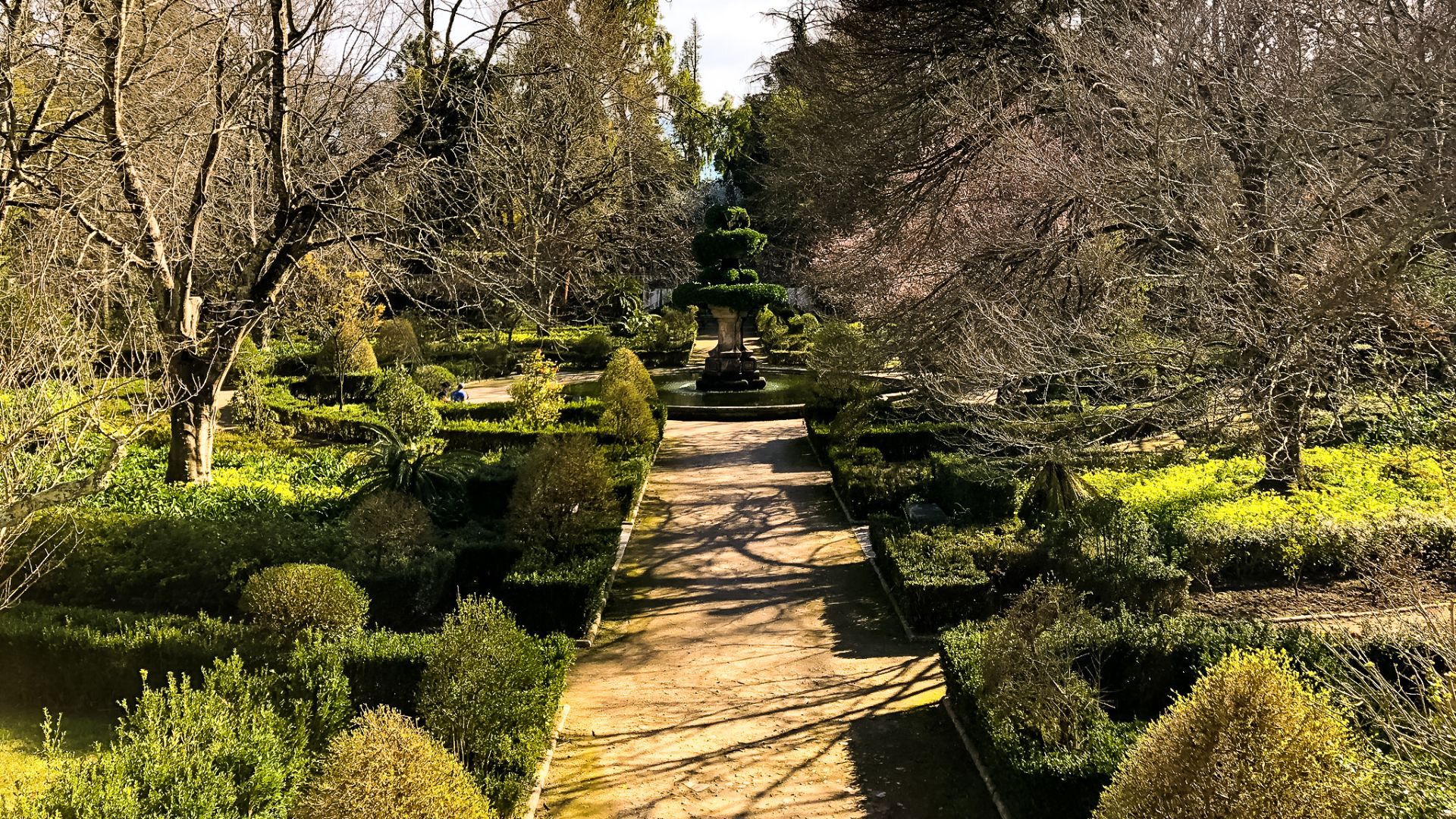
Coimbra’s Springtime Attractions and Must-See Spots
In spring, Coimbra comes alive with gardens full of color, historic landmarks, and lively streets. I get swept up by the mix of old buildings, student buzz, and blooming trees around every corner.
Exploring UNESCO World Heritage Landmarks
Nothing sums up Coimbra like the Joanina Library (Biblioteca Joanina) at the University of Coimbra. When I step inside this UNESCO World Heritage Site, the gold-leafed interiors and endless old books never fail to impress me.
The university’s courtyard gives sweeping views over the city, and students in black capes make it feel like a storybook.
Just steps away, the Old Cathedral (Sé Velha) stands with its thick Romanesque walls. Spring sunlight makes the stone glow, and the quiet cloisters fill with the scent of new leaves.
Walking around, I admire the grand doorways and centuries-old carvings—history feels close enough to touch.

Monuments and Museums with Springtime Charm
The Machado de Castro National Museum surprised me. Its Roman cryptoporticus tunnels, cool and shadowy, feel like a secret underworld beneath the city.
Upstairs, spring light streams into rooms full of sculptures and paintings that show off Coimbra’s long story.
Santa Cruz Monastery is another stop I’d recommend, especially when its façade is framed by blooming flowers. Inside, the tiles and quiet gardens make a perfect break.
Across the Mondego river, I wandered into the ruins of Santa Clara-a-Velha. In spring, wildflowers poke through the stones, and storks sometimes nest above—making the place feel both ancient and alive.
Strolling Along the Mondego River
The riverbanks buzz with life in spring. I love walking or renting a bike along the leafy paths by the Mondego River.
Locals picnic by the water while students practice music on the grass.
The Botanic Garden, on a gentle hillside, is another highlight. Magnolia trees, camellias, and exotic plants explode with color.
Families feed ducks in shaded ponds while I breathe in the scent of wisteria.
Not far from here, Portugal dos Pequenitos offers quirky miniatures of Portuguese landmarks—a fun stop if you’re traveling with kids or just like playful discoveries.
If you have time, a quick trip to the Conímbriga Roman ruins outside the city lets you see mosaics and ancient streets surrounded by green fields.
Spring brings wildflowers and soft breezes, turning the site into one of Portugal’s most memorable archaeological walks.
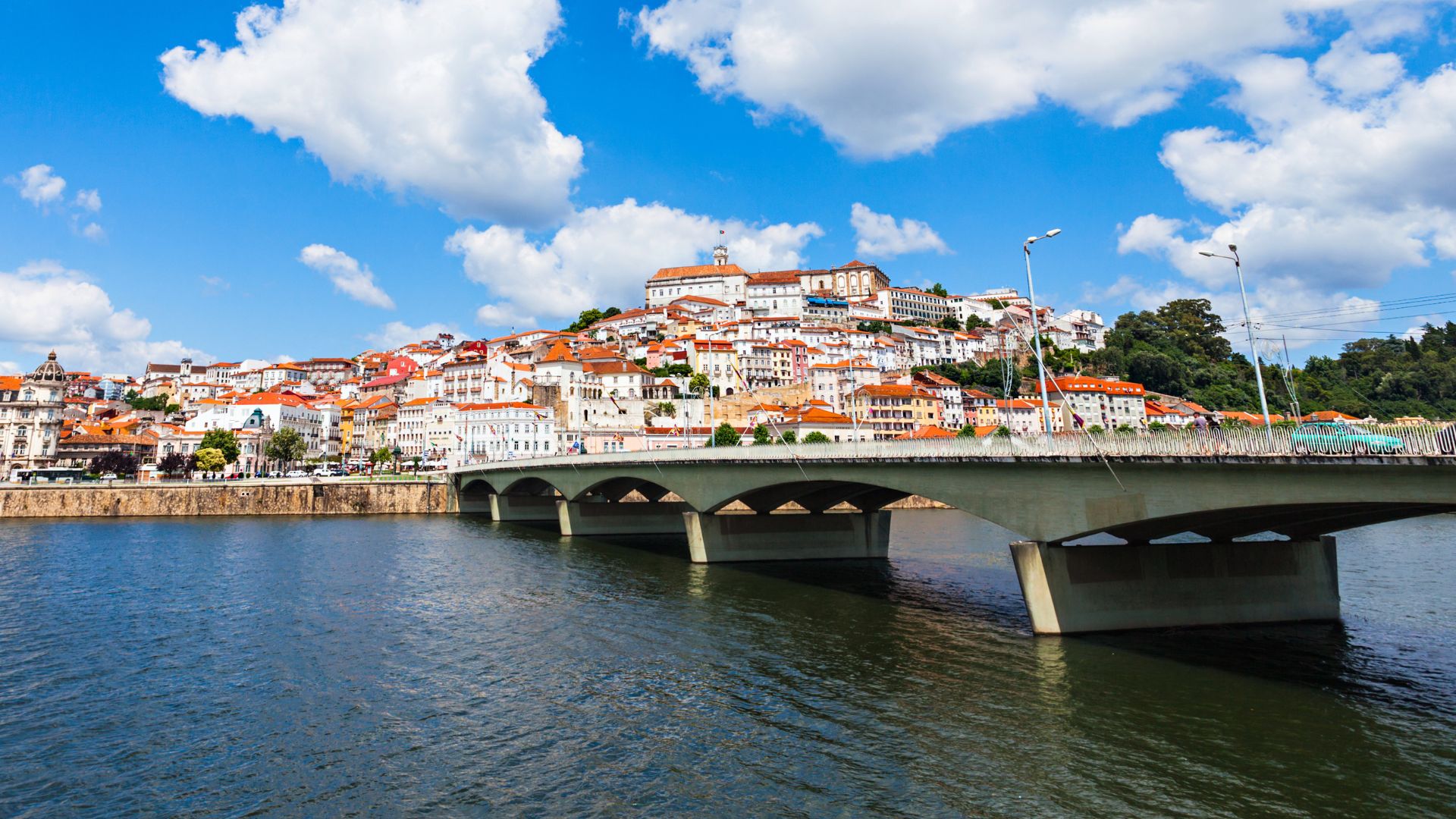
Spring Flavors and Local Lifestyle
Spring in Coimbra is a treat for all the senses. The city’s food scene wakes up with regional specials, and locals spend more time at festivals and lingering at outdoor cafés.
Traditional Portuguese Cuisine in Season
When I wander through Coimbra in spring, the smell of chanfana—tender goat slow-cooked with red wine and local herbs—always pulls me in. This dish is pure comfort, especially when the evenings turn a bit chilly.
I’ll sometimes head to nearby towns or a cozy local restaurant for leitão à Bairrada, or suckling pig. They serve it crisp, packed with flavor, and usually fresh from the oven with thin-sliced potatoes.
Locals and visitors squeeze into small tascas for lunch. I overhear conversations in Portuguese, the city’s official language, floating above the hum.
Handwritten menus usually list seasonal soups and stews, and prices are marked in euros. I like to grab a table by the window, soaking in the energy as students and families pause from exploring historic streets or the city’s botanical gardens.

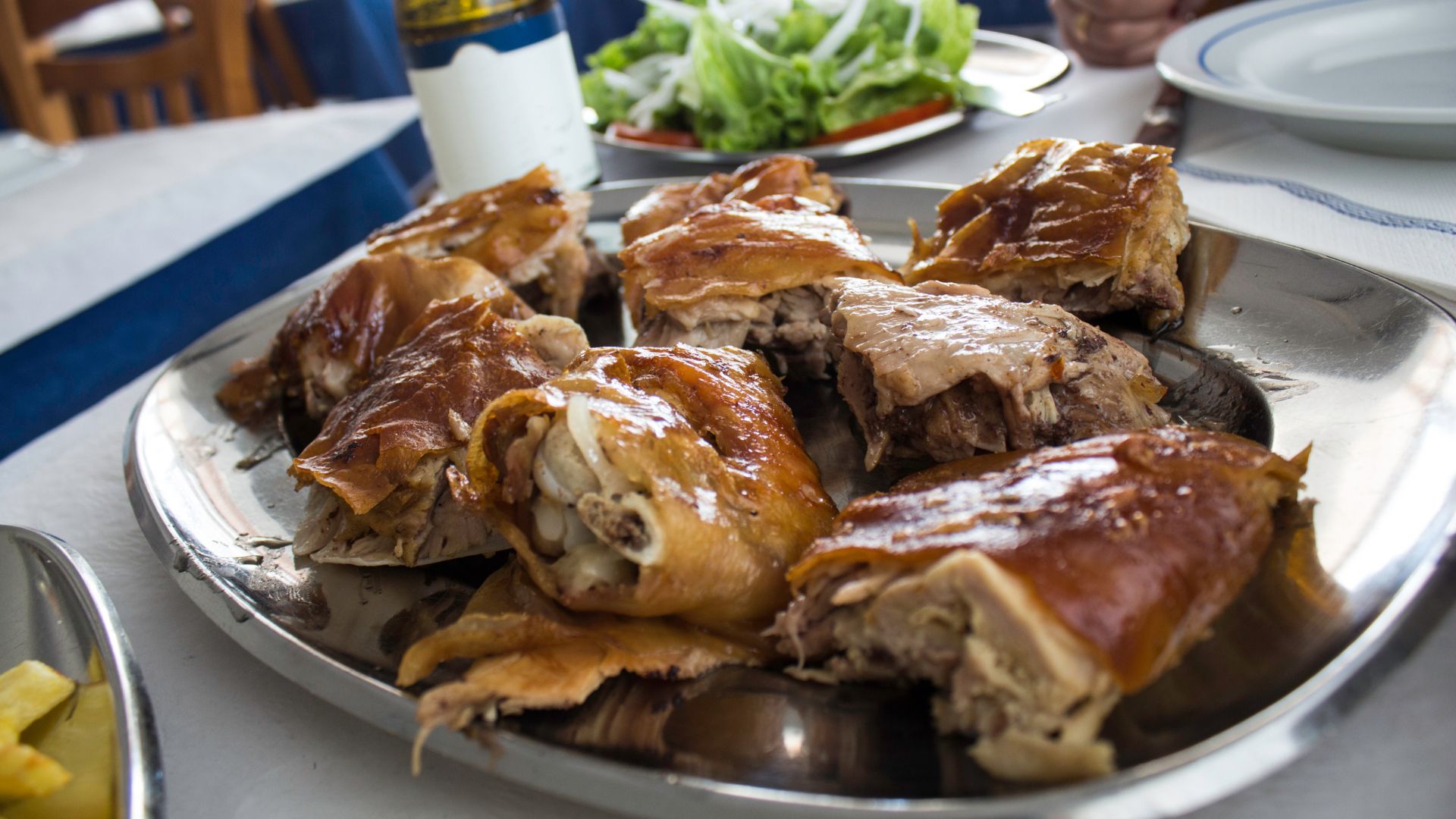
Best Places to Sample Local Wines and Sweet Treats
Whenever I crave something sweet, I wander over to a pastry shop for pastéis de Tentúgal. These flaky pastries, stuffed with egg cream, come from local convent traditions.
Pairing them with a glass of sparkling Bairrada wine just feels right on a lazy afternoon.
Wine bars and cafés along the Mondego River buzz with students and travelers. I usually find a good mix of local reds and whites, many grown just outside town.
The vibe stays casual, making it easy to people-watch or plan a quick trip to the beaches after a day in Coimbra. Honestly, the city’s true flavor comes from what’s on your plate and the lively, welcoming way locals live.
Practical Tips for Visiting Coimbra in Spring
Spring in Coimbra bursts with color. Gardens bloom, and student traditions bring the city to life.
Getting around isn’t hard if you know your options. Staying in the right spot means you wake up to some of the best views in Portugal.
Day trips to nearby cities can make your visit even better.
Travel Logistics: Getting to and Around Coimbra
Reaching Coimbra from Portugal’s main cities is easy and usually affordable. I’ve taken the train from Porto and Lisbon, and both routes feel convenient and comfortable.
The Alfa Pendular high-speed trains are my favorite if you book ahead—definitely reserve seats in advance, especially during May’s student festivals.
After I arrive, I mostly walk everywhere. Coimbra’s historic center is compact, with top sights like the University of Coimbra, Joanina Library, and Santa Cruz Monastery all close together.
For longer trips—across the river or up the hill—I hop on local buses. They run often, stay clean, and are simple to use.
Taxis and rideshares are available too, but walking lets me find hidden alleys and quiet gardens that make spring here so special.
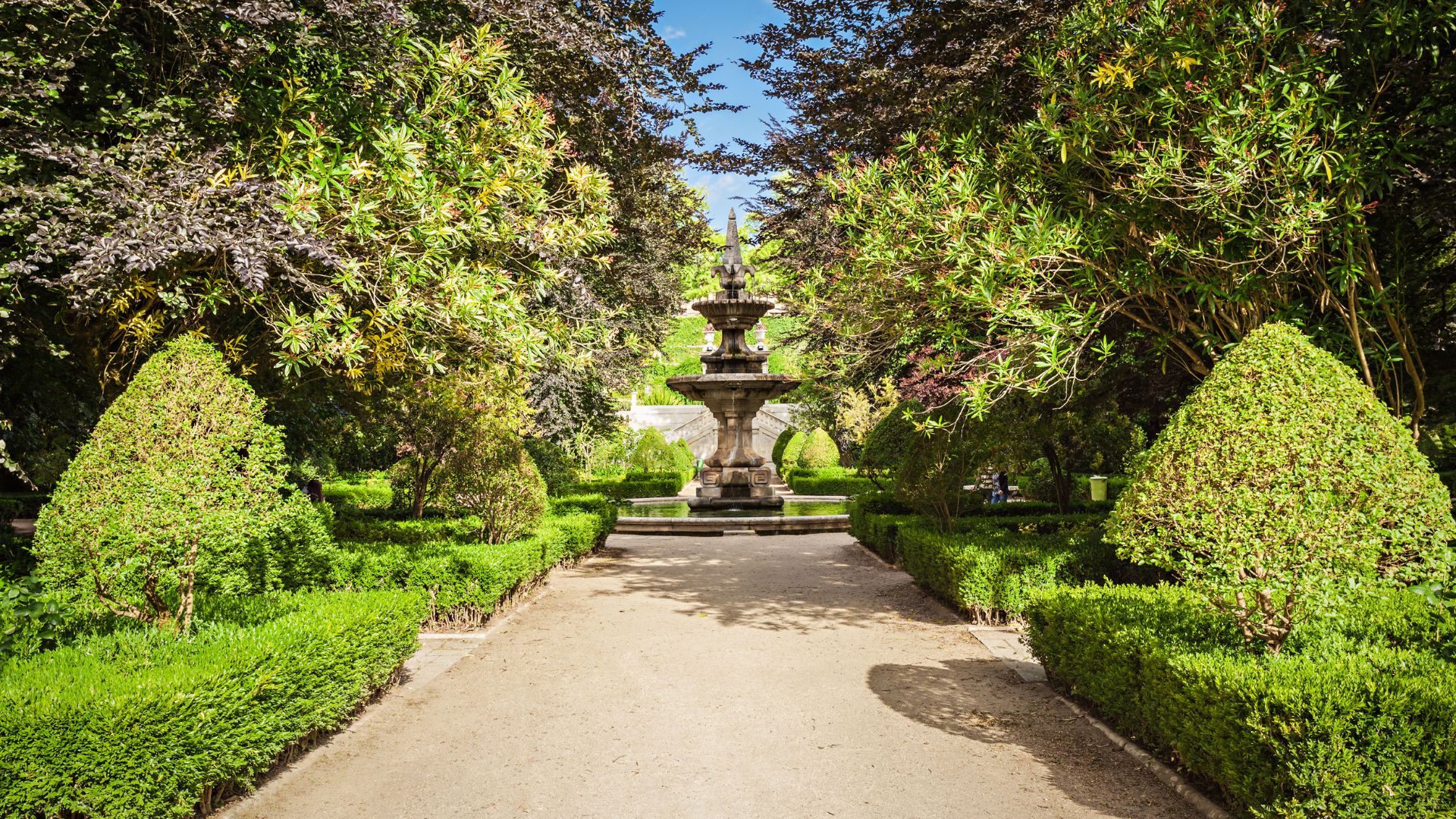
Where to Stay for the Best Spring Views
Spring mornings feel magical when I look out over Coimbra’s terra-cotta rooftops or the green riverbanks. I always look for hotels or guesthouses in Alta (the upper town near the university) or along the Mondego River.
The University area is close to major gardens and museums, and many places here have balconies with sweeping city or garden views.
Here’s a quick breakdown of my favorite spots to stay:
| Area | Why Stay Here | Example Features |
|---|---|---|
| Alta (Upper Town) | Near university, old-town feel | Balcony views, cobblestone streets |
| Downtown/Baixa | Central location, nightlife | Markets, cafes, walk to gardens |
| Riverside | Tranquil, scenic river walks | Garden access, peaceful mornings |
I always check for spring deals, since rates tend to be lower than in the busy summer months, especially from March to May.
Day Trips: Porto, Lisbon, and Beyond
Spring brings such comfortable weather, so I usually end up planning quick getaways from Coimbra to explore more of Portugal.
Porto sits just about an hour away by train. It’s honestly perfect if you want to sip some port wine or wander through the colorful Ribeira streets.
Lisbon takes a bit longer—more like two hours on the train. Still, I think it’s doable for a long day trip or, if you’re not in a rush, maybe an overnight stay to catch those old neighborhoods and the famous tram 28.
If you’re up for something different, I’d suggest Conímbriga. It’s got these incredible Roman ruins and you can get there in just half an hour by bus.
Figueira da Foz is another favorite of mine. The train ride takes about 40 minutes, and you’ll find Atlantic beaches and a laid-back vibe that’s hard to beat.
Mixing in these side trips keeps things interesting—one day you’re at the beach, the next you’re surrounded by ancient history, or soaking up big-city energy. And, honestly, you still get to come back and enjoy Coimbra’s springtime magic.
